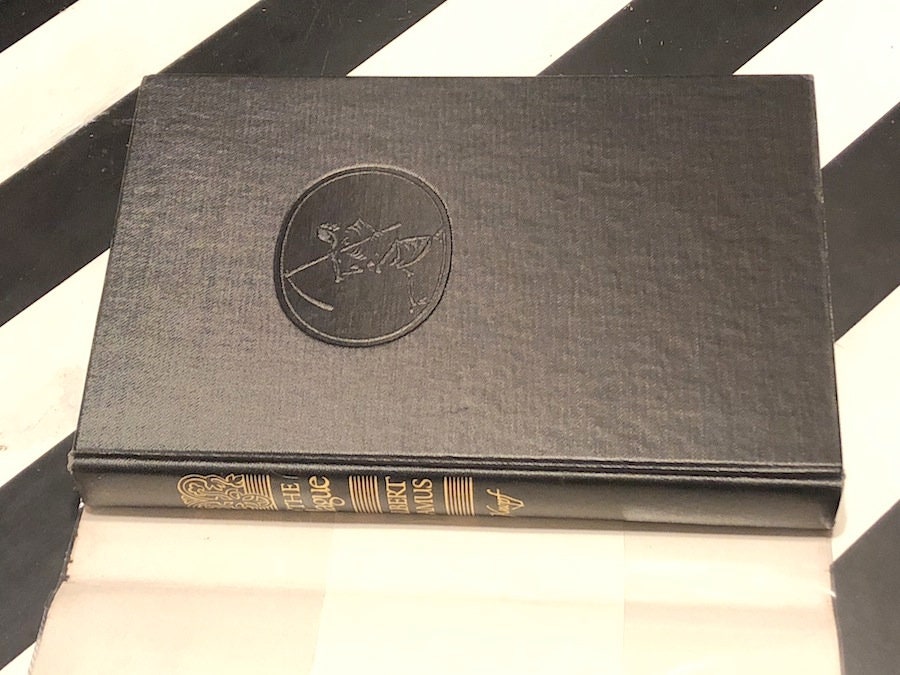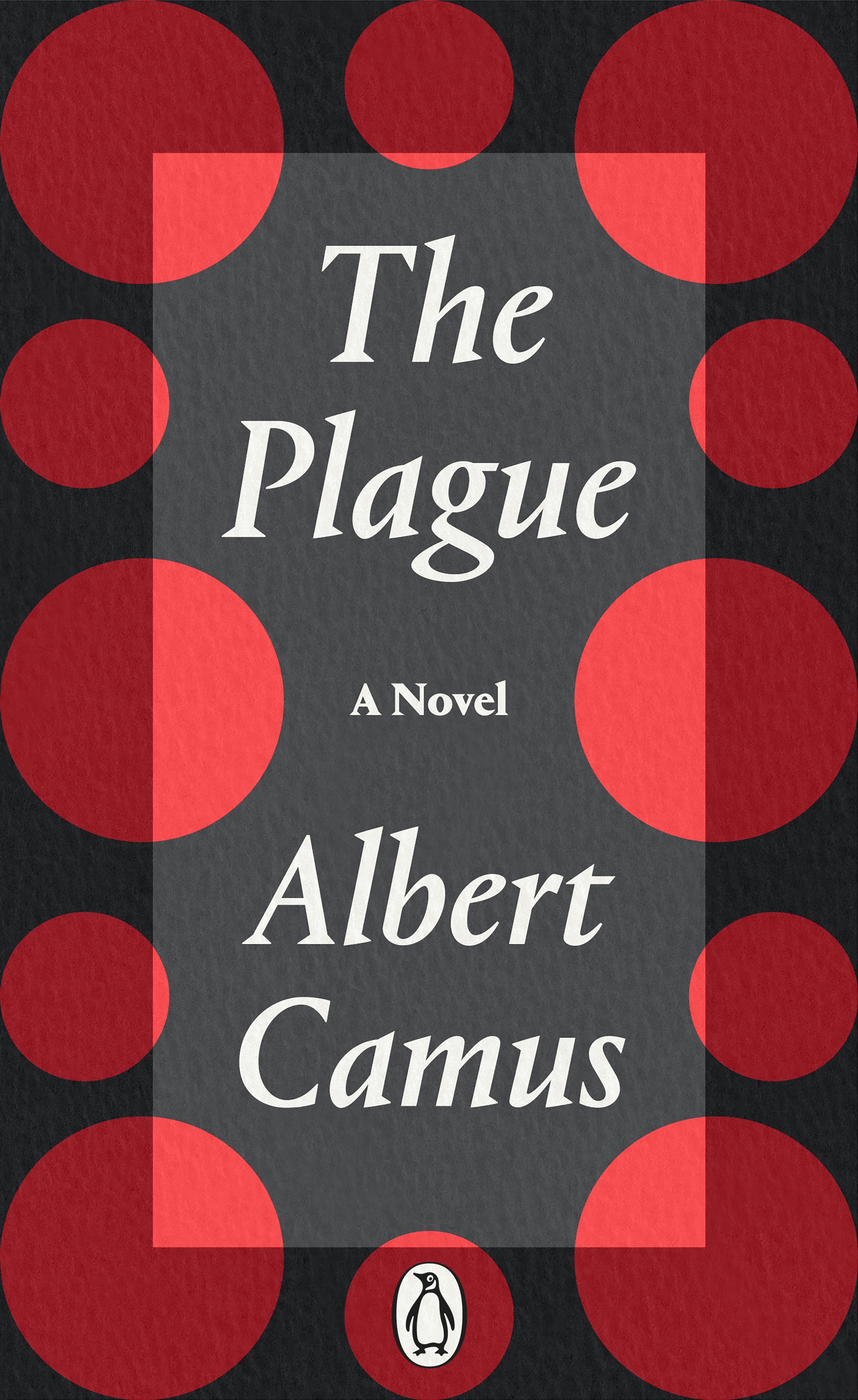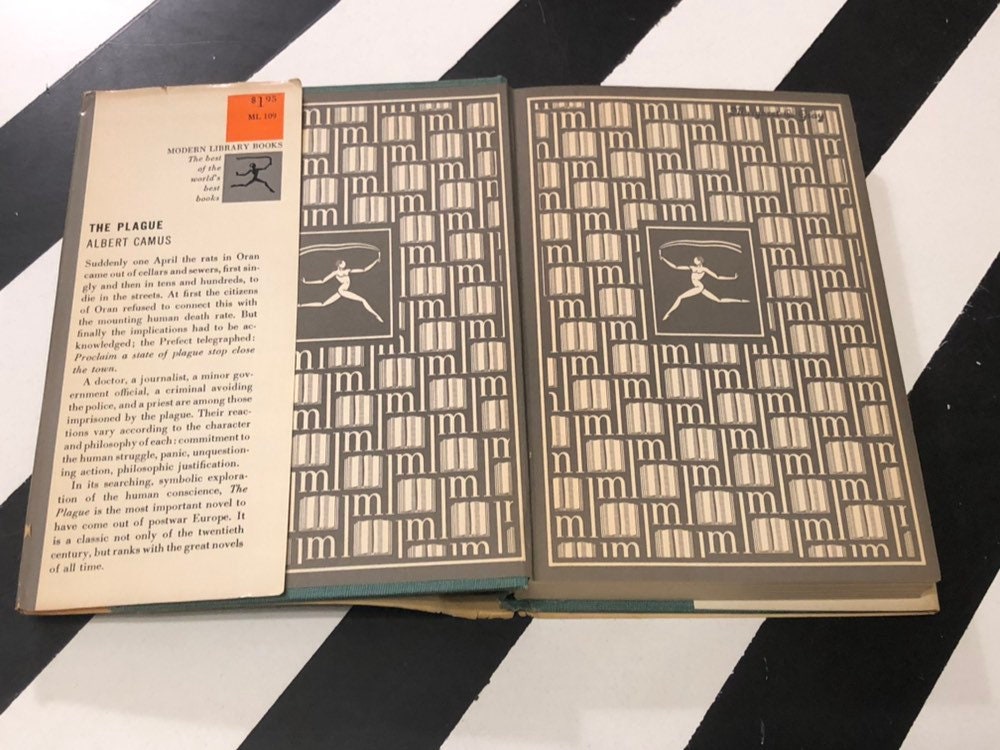
He feels uneasy but does not realise the gravity of the situation. However, at first, along with everyone else, the danger the town faces seems unreal to him. He urges the authorities to take action to stop the spread of the epidemic.

It is Rieux who treats the first victim of plague and first uses the word plague to describe the disease. At the beginning of the novel, Rieux's wife, who has been ill for a year, leaves for a sanatorium. Bernard Rieux is described as a man about age 35, of moderate height, dark-skinned, with close-cropped black hair. The narrative tone is similar to Kafka's, especially in The Trial, whose individual sentences potentially have multiple meanings the material often pointedly resonating as stark allegory of phenomenal consciousness and the human condition. The novel stresses the powerlessness of the individual characters to affect their destinies. The Plague is considered an existentialist classic despite Camus' objection to the label. According to an academic study, Oran was decimated by the bubonic plague in 15, but all later outbreaks (in 1921: 185 cases 1931: 76 cases and 1944: 95 cases) were very far from the scale of the epidemic described in the novel. Oran and its surroundings were struck by disease several times before Camus published his novel.



Ĭamus used as source material the cholera epidemic that killed a large proportion of Oran's population in 1849, but situated the novel in the 1940s. The novel presents a snapshot of life in Oran as seen through the author's distinctive absurdist point of view. The narrator remains unknown until the start of the last chapter, chapter 5 of part 5. Published in 1947, it tells the story from the point of view of a narrator of a plague sweeping the French Algerian city of Oran. The Plague ( French: La Peste) is a novel by Albert Camus.


 0 kommentar(er)
0 kommentar(er)
